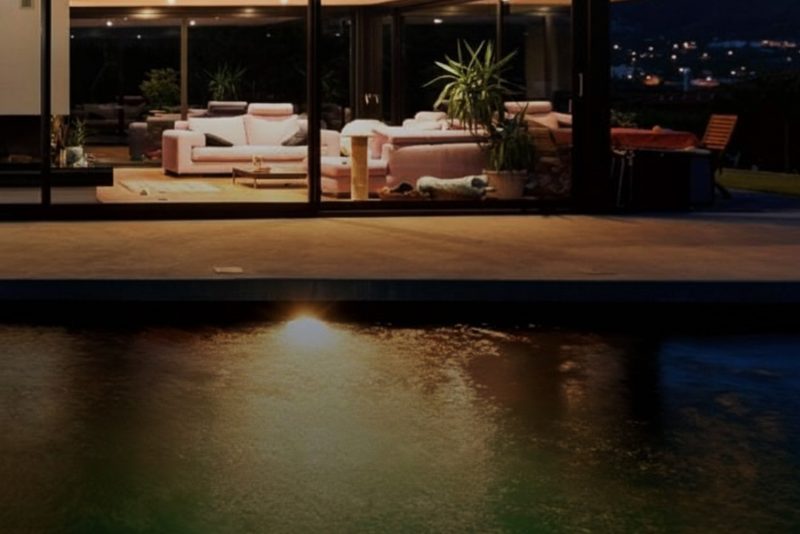Underfloor heating is increasingly recognised as a superior way to deliver comfortable, consistent, and energy-efficient climate control. This whitepaper from Comfort Heat offers a concise, expert overview of the key design and installation considerations for effective system integration.
With the built environment contributing approximately 40% of annual global emissions, it is important for architects, designers and specifiers to take advantage of all available energy saving opportunities when designing and constructing buildings. None of these solutions on their own can guarantee optimal performance, but when combined with other readily-available products, an energy efficient building is within reach for everyone.
Any use of energy-efficient systems and products must be considered in the early design phase of any project. Many of the best-performing products require a certain amount of space and other elements of the building coordinated to work efficiently.
Maximum benefit can only be realised by having these specifications early in a building’s design. The advantages of underfloor heating are widely acknowledged. Property owners frequently invest in these systems to provide unmatched comfort in both residential and commercial spaces. As part of this process, one must select between hydronic underfloor heating and electric underfloor heating. It is common to combine hydronic solutions to heat pumps.
Heat pumps are thought to be the future of domestic heating because they are a cleaner, more sustainable heat source than most alternatives. In comparison to a conventional oil or gas boiler, heat pumps often operate at lower temperatures, which makes them much more effective with radiant floor heating systems. They can also lower a home or building’s carbon footprint.
When it comes to the installation of heat pumps, a lack of service space is currently the most pressing problem plaguing builders, installers and suppliers. Heat pumps and other energy saving technologies cannot be installed where a building has insufficient service space allocation.
In this whitepaper, Comfort Heat explores the design and installation considerations involved with and underfloor heating, and the importance of specifying such systems early in the design phase.
Proudly Australian-owned, Comfort Heat is a leading supplier and installer of hydronic and electric underfloor heating systems. From large industrial projects to small residential bathrooms, Comfort Heat has a heating solution for any application context.
Ensuring the most efficient and effective heating solution is delivered, the company works closely with architects and designers at the design phase of a project. At this stage, specifications are properly documented and all stakeholders in the project, including structural engineers and builders, are made aware of the impact of hydronic systems and the installation process.
Comfort Heat also collaborates closely with builders to ensure complete understanding of the heating system’s technical requirements. Comprehensive post-sales support and service are also provided, ensuring success of the solution throughout its lifecycle.
Delivering superior quality in terms of products and service, Comfort Heat is committed to designing superior installations that meet the requirements of the customer.
For more information












